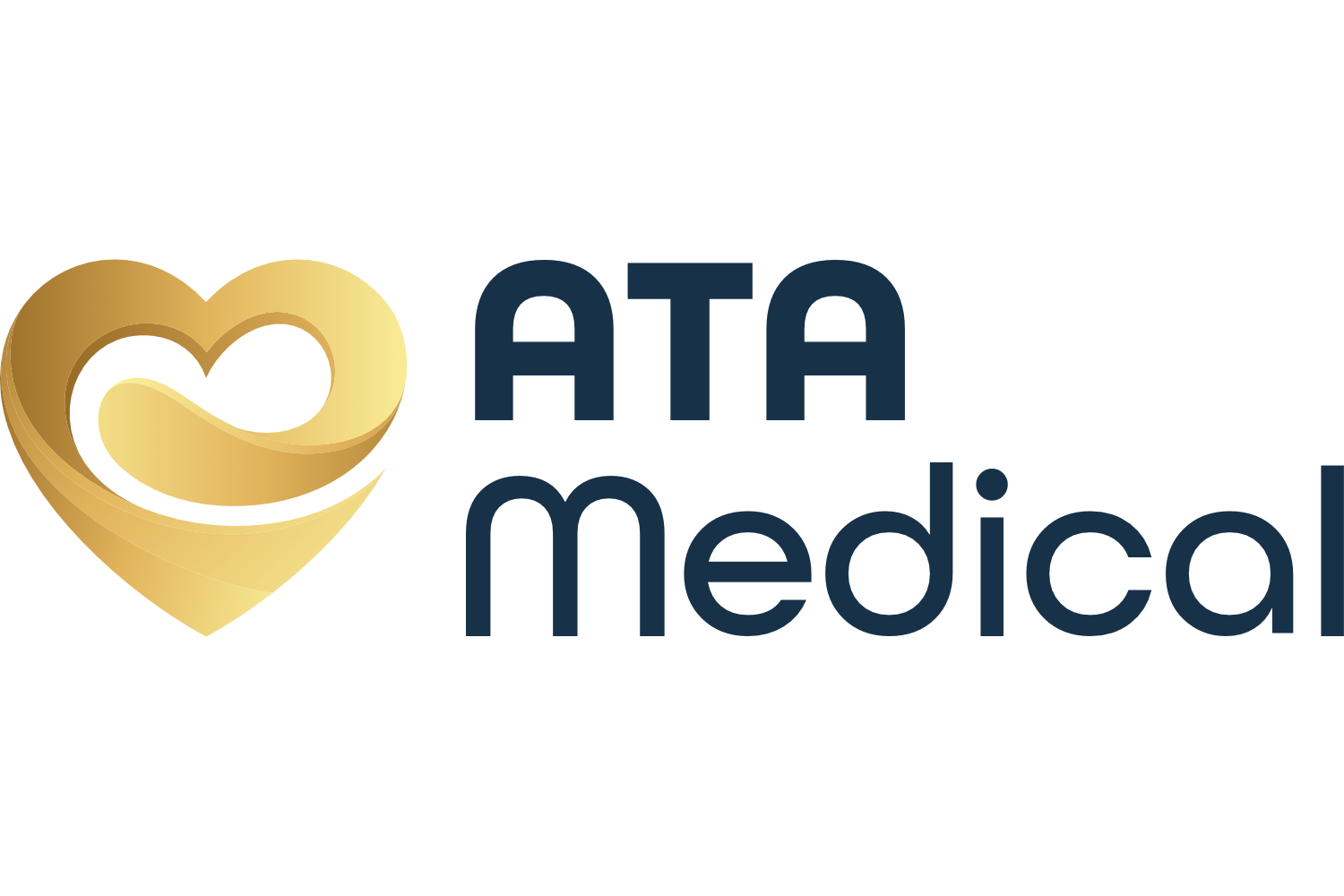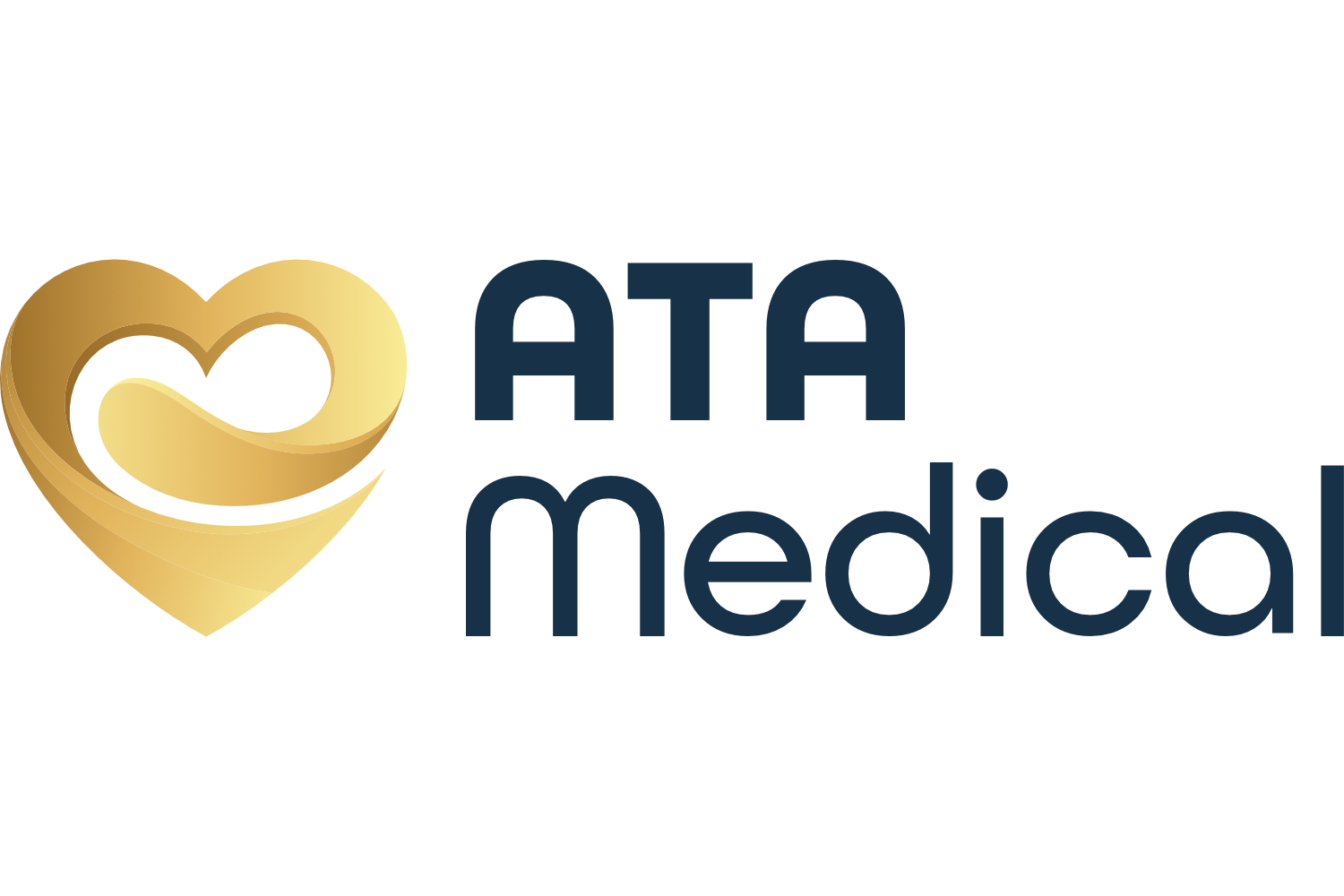What Is Fatty Liver Disease?
Fatty liver disease occurs when too much fat accumulates in the
liver, causing inflammation and damage to liver cells over
time. Also known as hepatic steatosis, this condition often develops without
noticeable symptoms in its early stages. However, if left unmanaged, fatty
liver can progress to liver fibrosis, cirrhosis, liver failure, or liver
cancer.
Risk factors include obesity, type 2 diabetes, high cholesterol, and a
sedentary lifestyle. Early detection through liver function tests and
ultrasound scans is important for preventing serious liver
damage.
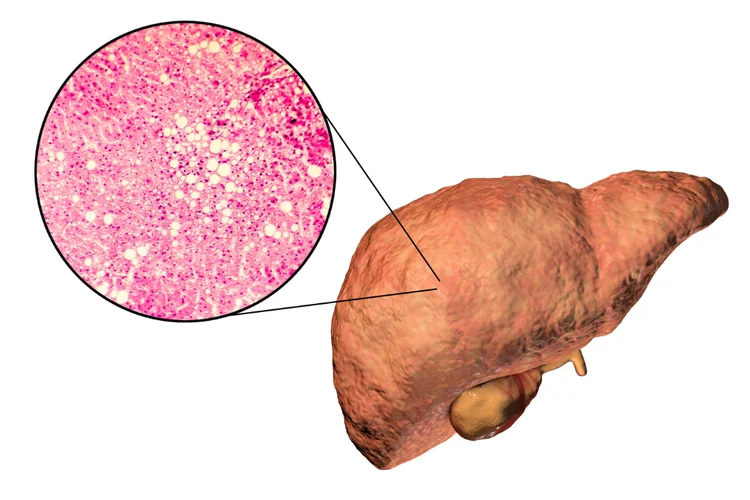
What Causes Fatty Liver?
Fatty liver disease falls under the broader category of steatotic liver disease (SLD), which includes metabolic dysfunction-associated steatotic liver disease (MASLD) and alcohol-associated liver disease (ALD).
Metabolic Dysfunction-Associated Steatotic Liver Disease (MASLD)
MASLD is associated with obesity, insulin
resistance, type
2 diabetes, high cholesterol, and
high blood pressure, which collectively
increase the risk of liver fat accumulation. A sedentary lifestyle and poor dietary
habits, such as consuming excessive refined sugars and unhealthy fats, further
contribute to fat buildup in the liver.
In Singapore, it is estimated that up to 40% of the
population have MASLD.
Alcohol-Associated Liver Disease (ALD)
ALD is caused by excessive alcohol consumption, which impairs liver metabolism,
leading to fat accumulation, inflammation, and liver cell damage.
Other contributing factors can include:
- Rapid Weight Loss or Malnutrition – Sudden weight loss causes the liver to metabolise fat too quickly, leading to fat accumulation in liver cells. Malnutrition, particularly protein deficiency, can impair liver function and worsen fat buildup.
- Viral Hepatitis – Chronic viral infections like Hepatitis C cause liver inflammation and damage, which can disrupt fat metabolism and contribute to fatty liver disease.
- Genetic Predisposition – Some individuals inherit genes that affect how their body stores and processes fat, making them more susceptible to fatty liver even without other risk factors.
- Certain Medications – Drugs such as corticosteroids can increase insulin resistance and fat deposition, while some chemotherapy drugs can alter liver metabolism, leading to fat accumulation.
What Are the Symptoms of Fatty Liver?
Fatty liver disease is often asymptomatic in its early stages, meaning many individuals are unaware of the condition. However, some may experience:
- Fatigue
- Discomfort or pain in the upper right abdomen
- Unexplained weight loss
- Mild jaundice (in advanced cases)
As the disease progresses to steatohepatitis (a more severe stage of SLD) or cirrhosis, more severe symptoms may develop, including swelling in the legs (edema), confusion, and fluid buildup in the abdomen (ascites). Additionally, fatty liver disease is closely linked to cardiovascular disease, increasing the risk of high blood pressure, heart disease, and stroke.
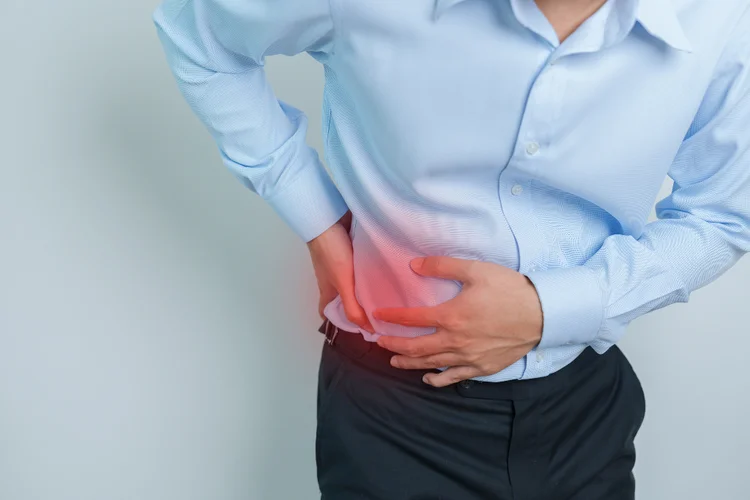
Grades of Fatty Liver
Fatty liver can be classified into three grades depending on the percentage of liver cells containing fat:
| Grade | Description |
|---|---|
| Grade 1 (Mild Fatty Liver) |
|
| Grade 2 (Moderate Fatty Liver) |
|
| Grade 3 (Severe Fatty Liver) |
|
Stages of Fatty Liver Disease
While the grades of fatty liver indicate the amount of fat accumulation in liver cells, the stages of fatty liver disease reflect the extent of liver damage and progression towards more severe conditions.
1. Simple Steatosis (Fatty Liver, No Inflammation)
- Fat is present in liver cells but no significant inflammation or damage.
- This stage is usually reversible with lifestyle modifications.
2. Steatohepatitis (Alcoholic or Non-Alcoholic)
- Fat accumulation with inflammation and liver cell damage (ballooning degeneration).
- Increased risk of liver scarring (fibrosis) and disease progression.
- Requires medical management to prevent further damage.
3. Fibrosis (Liver Scarring)
- Inflammation leads to scar tissue formation, reducing liver function over time.
- Still potentially reversible if treated early.
4. Cirrhosis (Severe Liver Scarring)
- Extensive scarring disrupts normal liver function.
- Irreversible but can be managed to slow progression.
- Increases the risk of liver failure and liver cancer.
How Is Fatty Liver Diagnosed?
Fatty liver is often detected during routine health screenings, as it may not cause noticeable symptoms in the early stages. Doctors use a combination of tests to confirm the condition and assess its severity:
- Blood Tests – Liver function tests, such as alanine aminotransferase (ALT) and aspartate aminotransferase (AST), help detect liver enzyme elevations, which may indicate liver inflammation.
-
Imaging Tests:
- Ultrasound – A non-invasive scan that detects fat accumulation in the liver and helps determine the grade of fatty liver.
- Liver Elastography – Provides detailed imaging to detect fat distribution and potential complications.
- MRI or CT Scan – Provides more detailed imaging of the liver.
- Liver Biopsy – In cases where inflammation, fibrosis, or cirrhosis is suspected, a small tissue sample is extracted for microscopic examination to assess the stage of liver damage.
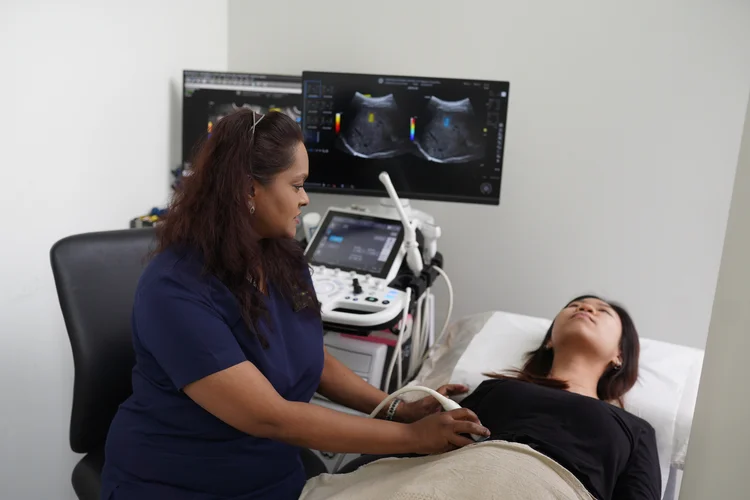
Fatty Liver Disease Treatment
There is no specific medication approved to treat fatty liver disease, but management focuses on addressing the underlying causes and preventing disease progression. Treatment strategies vary based on whether the condition is due to MASLD or ALD.
| Treatment Approach | Description |
|---|---|
| Exercise and Weight Loss | Engaging in regular exercise can help reduce liver fat, improve insulin sensitivity, and slow disease progression. |
| Dietary Changes | A diet rich in fruits, vegetables, whole grains, and healthy fats helps lower liver fat, while avoiding sugar, refined carbohydrates, and saturated fats reduces inflammation. Complete alcohol cessation is essential for ALD, and limiting alcohol intake may benefit those with MASLD. |
| GLP‑1 Receptor Agonists | Medications such as semaglutide and tirzepatide may help reduce liver fat, improve liver inflammation, and support weight loss in individuals with MASLD or advanced MASLD. These are typically used in patients with obesity or type 2 diabetes and should be prescribed by a doctor. |
| Managing Underlying Conditions | Controlling diabetes, high cholesterol, and hypertension can prevent fatty liver from progressing to steatohepatitis, fibrosis, or cirrhosis. |
| Liver Transplant | For end-stage liver disease due to cirrhosis, a liver transplant may be necessary when liver function is severely impaired. |
Fatty Liver Testing in Singapore
At ATA Medical, we provide various liver assessments and personalised treatment strategies to help monitor and maintain your liver health, with the prices as follows:
| Treatment | Price* |
|---|---|
| Consultation | From $49.05 |
| Blood Tests | |
|
Liver Function Test A Total Bilirubin, Alkaline Phosphatase [ALP], ALT/SGOT, AST/SGPT, Gamma GT |
$30.52 |
|
Liver Function Test B Total Bilirubin, Alkaline Phosphatase [ALP], ALT/SGOT, AST/SGPT, Gamma GT, Total Protein, Albumin, Globulin, A/G Ratio) |
$34.88 |
|
Liver Function Test C Total Bilirubin, Alkaline Phosphatase [ALP], ALT/SGOT, AST/SGPT, Gamma GT, Total Protein, Albumin, Globulin, A/G Ratio, LDH, Hepatitis Bs Antigen & Antibody, Hepatitis A Total IgG, Alpha Fetoprotein [AFP] |
$91.56 |
| Imaging Tests | |
| Ultrasound Liver | $150.42 |
| Ultrasound Liver Elastography | $196.20 |
| MR Liver Elastography | $566.80 |
| MRI Abdomen (Kidney, Liver, Pancreas, Gallbladder & Spleen) | $1471.50 |
| Weight Loss Treatments | |
| Appetite Suppressants | From $200 |
| Weight Loss Injections | $422.92 / box** |
**One box contains 3 vials and each vial can last 6 days at maximum dose.
Conclusion
Fatty liver disease is often silent in its early stages, but if left unaddressed, it
can lead to serious complications, including cirrhosis, liver
failure, and even liver cancer. Fortunately, with early detection and the right
lifestyle changes, fatty liver is preventable and, in some cases,
reversible. Simple steps like maintaining a healthy diet, engaging in
regular exercise, and managing underlying health conditions can make a significant
difference in protecting your liver.
If you are at risk or suspect you may have fatty liver, schedule
a consultation with our doctors today to learn more about your liver health
and steps for prevention and management.
Why Choose ATA Medical?





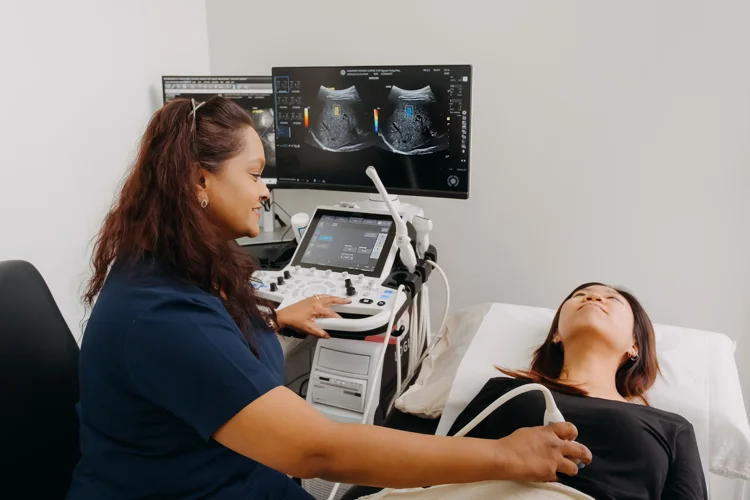
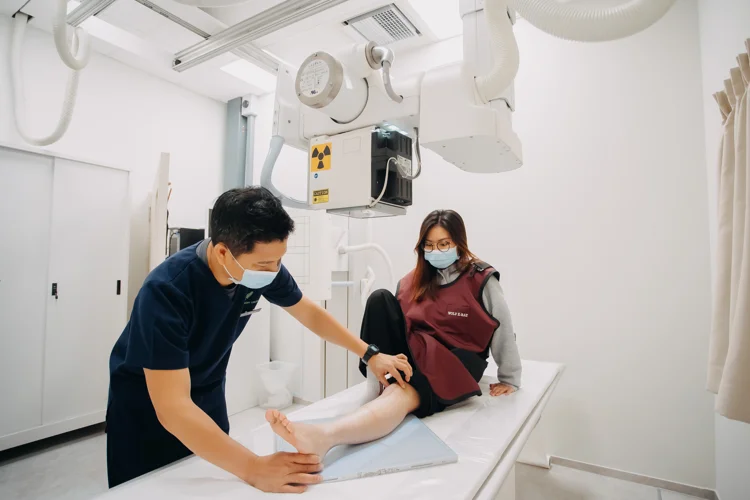

Making a Difference Together
At ATA Medical, we strive to make a meaningful impact on every patient's health. With over 120,000 patients served, we are dedicated to fostering trust and enhancing well-being across our community.
Patients
Health Screening Tests
Corporate Screenings
Delivering Care Patients Appreciate
What to Expect
FAST RESULTS
We strive to deliver your results within 7 working days.
MINIMUM WAITING TIME
Our patient-oriented processes ensure your waiting time is kept to a minimum.
Friendly Service
Service is a top priority for us at ATA Medical.
Email Us at camden@atamed.sg
for More Information.
Book Your Health Screening With Us at 88838892.
